Our flight from Frankfurt to Astana landed at about 11 PM local time on Monday, May 11. Having spent a mere twenty-four hours in Frankfurt after the flight from New York I had never really adjusted to the six-hour time difference and now I was a full twelve hours behind and not at all sleepy. We got through customs without a hitch, though the number of times the border agent looked from my passport to me and back again started to make me wonder if I had somehow managed to inadvertently trade passports and had handed her someone else’s documents. Nonetheless, we were soon collecting our baggage and out into a warm May night in Astana!
Or, rather, we were outside the airport and loading into vans that would take us the fifteen-minute drive into Astana. The highway from the airport to Astana was well-lit, as was the entire city, which was kind of odd because other than an occasional passing car the only signs of life were two women of the night we passed on a street corner. It was kind of eerie to see such a well-lit city so empty but we could only assume that everyone was already home from work for the night and that the nightlife happened elsewhere. Whatever was going on it was a pleasure to check into the Hotel Astana Park where the desk clerk was very happy to see my American passport. “You from USA?” he inquired with a huge grin and there was nothing I could do but smile back and say yes.
my hotel room in the Astana Park Hotel, which I would get to know a bit too well
I managed to fall asleep at about 12:30 AM and had visions of a full night’s sleep so I would be well rested for Tuesday’s early start and full schedule. Instead, I woke up an hour later and found I could not fall back to sleep. It was absolute torture. I watched television, which was kind of weird (you haven’t seen Lost until you’ve seen it dubbed into Russian), paced the room, and studied field guides. No matter what I tried I could not sleep, so I finally gave up at about 5:30 and decided that seeing as the sky was starting to lighten and the sun was about to rise I would head outside and look for birds.
Lucky for me I ran into Mike Weedon who was also heading out to look for birds, and we joined forces on our early morning expedition (those of you who read Julie’s blog will recognize Mike). Was I ever glad to have Mike’s help because it turned out that the vast majority of birds we would see in the small trees planted in the park for which the hotel was named would be the bane of North American birders who dared to cross the Atlantic Ocean: old world warblers!
For those North American birders who have not crossed the pond and have not taken the time to acquaint themselves with the family Sylviidae do not be fooled by the term “warbler”. It does not mean the same thing in the old world as it does in the new. There are no bright colors and easy field marks, in fact, Birds of Europe (mostly known as the Collins Guide) describes the warblers as “lively and nimble in their movements” and as “small and elusive birds” that give “no more than brief glimpses”. Let me say that I wholeheartedly agree with the descriptions in the Collins Guide and I could toss in a few more “colorful” descriptions of this blasted family of birds as well. At least now I know why British birders always seem so skilled when compared to us Americans: they have to be or they would never identify anything!
Anyway, Mike and I found a nice pattern where I would find a bird, point it out to Mike, and he would identify it. Of course, he managed to get some by voice too, and spotted plenty without my help, but I quickly learned that trying to identify something myself just led to feeling foolish (like when I called a bird flying overhead a swift and it turned out to be a high-flying Hobby, which is a falcon, though, in my defense, apparently Hobbies are often mistaken for swifts, either that, or Mike was trying to make me not feel stupid). But using our system I added five warblers to my Kazakhstan list, four of them lifers (Blythe’s Reed Warbler, Willow Warbler, Chiffchaff, Lesser Whitethroat, and Grasshopper Warbler if you must know). Also present in the short trees were my life Bluethroat and Common Rosefinch, both of which were much more colorful and birds that I would have identified, I think, even if Mike had not been present.
Down along the River Ishim, pictured above and below, we managed to track down Black-headed and Steppe Gulls (the latter a lifer) and Common Terns, the last a bit of a surprise to me. I certainly hadn’t expected to see a familiar tern from home in Kazakhstan (but it wouldn’t be the last!). The other species we saw during our early morning excursion were common corvids like Jackdaws and Rooks and expected city birds like Feral Pigeons and House Sparrows. It was just nice to be out and about in a new country (and continent) and it was a pleasure to bird with and get to know Mike a bit.
After a breakfast buffet, which was abundant, though a bit eclectic (chicken wings next to oatmeal?) the Swarvski folks gave a presentation about the new toys we would be playing with on the trip (more on that later) and then we loaded into the vans and headed out to the steppe.
You know there will be many more posts about the trip to Kazakhstan so make sure you keep coming back…the next post will have cranes and shorebirds and a host of other species!
________________________________________________________________________________________________
My trip to Kazakhstan was made possible by the wonderful folks at Swarovski Optik who sponsored the trip 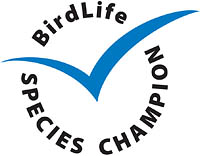 not only to draw attention to their marvelous optics but to the fact that Swarovski Optik is, with the RSPB, the Species Champion for the Sociable Lapwing, a critically endangered species that breeds almost entirely in Kazakhstan. We here at 10,000 Birds, the only blog designated a Species Champion by BirdLife International, salute Swarovski Optik‘s commitment to conservation.
not only to draw attention to their marvelous optics but to the fact that Swarovski Optik is, with the RSPB, the Species Champion for the Sociable Lapwing, a critically endangered species that breeds almost entirely in Kazakhstan. We here at 10,000 Birds, the only blog designated a Species Champion by BirdLife International, salute Swarovski Optik‘s commitment to conservation.
To learn more about 10,000 Birds’ commitment to conservation through BirdLife International’s Species Champion program and what it means to us at 10,000 Birds (or to donate to the program through 10,000 Birds) just click on the nice Species Champion logo to the right.

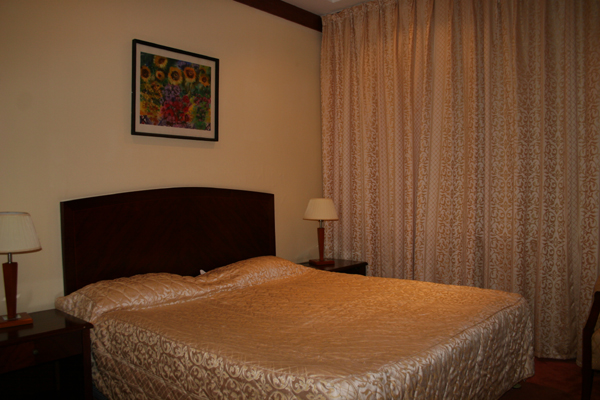
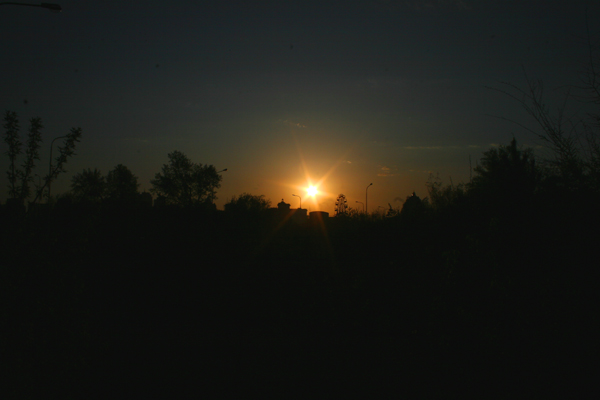
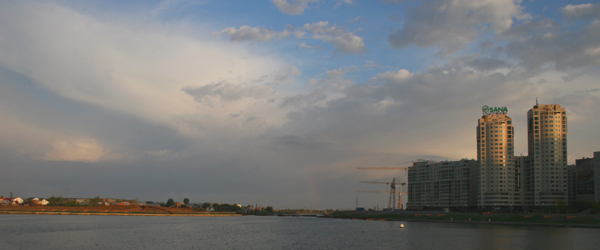
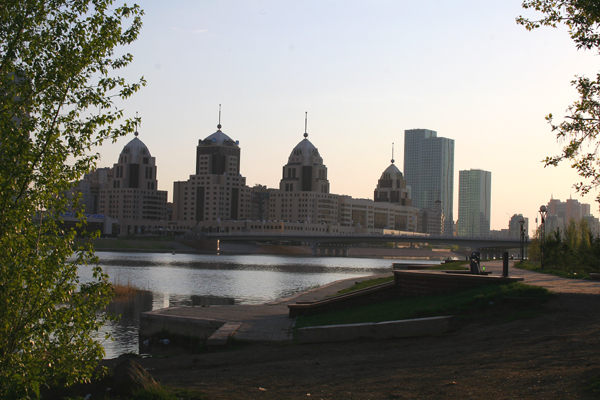










“At least now I know why British birders are so skilled”
It’s all bluff we know if we keep talking about tertials and primary projection for long enough you’ll all wander off to watch a World Series of something or other.
Looking forward to the next instalment.
Yey, at last you fully understand why us Brits come over to North America and turn into open-mouthed, mumbling, incoherent, wide-eyed, hyper-active, over-excited children when we see our first Magnolia, Blackburnian or Yellow-throated Warblers…not to mention our first Rose-breasted Grosbeaks, Baltimore Orioles, or even Blue Jays…
I wish I’d been there to share in your enjoyment (and chuckle quietly to myself like an old sage who knows, just knows, what you’re going through).
Good birds.
By the way, corey:
You saw a Blyth’s Reed Warbler?
Is that so my friend?
I mean, can you really be sure it was not the recently re-discovered Large-billed Warbler?
Or a stray Marsh Warbler?
Come to think of it, are you sure at all it was an Acrocephalus warbler and not a Hippolais?
And on a compleeeetely different note, have you ever considered having your last name changed by exchanging the “f” for a “str”?
;-)))
No, really, Blyth’s is the most likely ID if it was an Acrocephalus.
Hippolais, on the other hand,…
Who cares about a tick?
Just stick all of the warblers down as “LBJ”
Same goes for most of the waders – three ticks: small, medium and large!
Soon have the British list lumped down to a manageable 300.
Wow, you experienced my favorite, the Bluethroat. As you know, the Bluethroat is a small passerine bird that was formerly classed as a member of the thrush family Turdidae. Today, it is often considered to be an old world flycatcher – Muscicapidae. It is also called chats.
It is a migratory insectivorous species breeding in wet birch wood or bushy swamp in Europe and Asia. Interestingly, you can also find the Bluethroat in western Alaska. It nests in tussocks or low in dense bushes. In the winter you can find the Bluethroat in India and North Africa.
Great find!!!
Brian R. Callahan
Houston, Texas